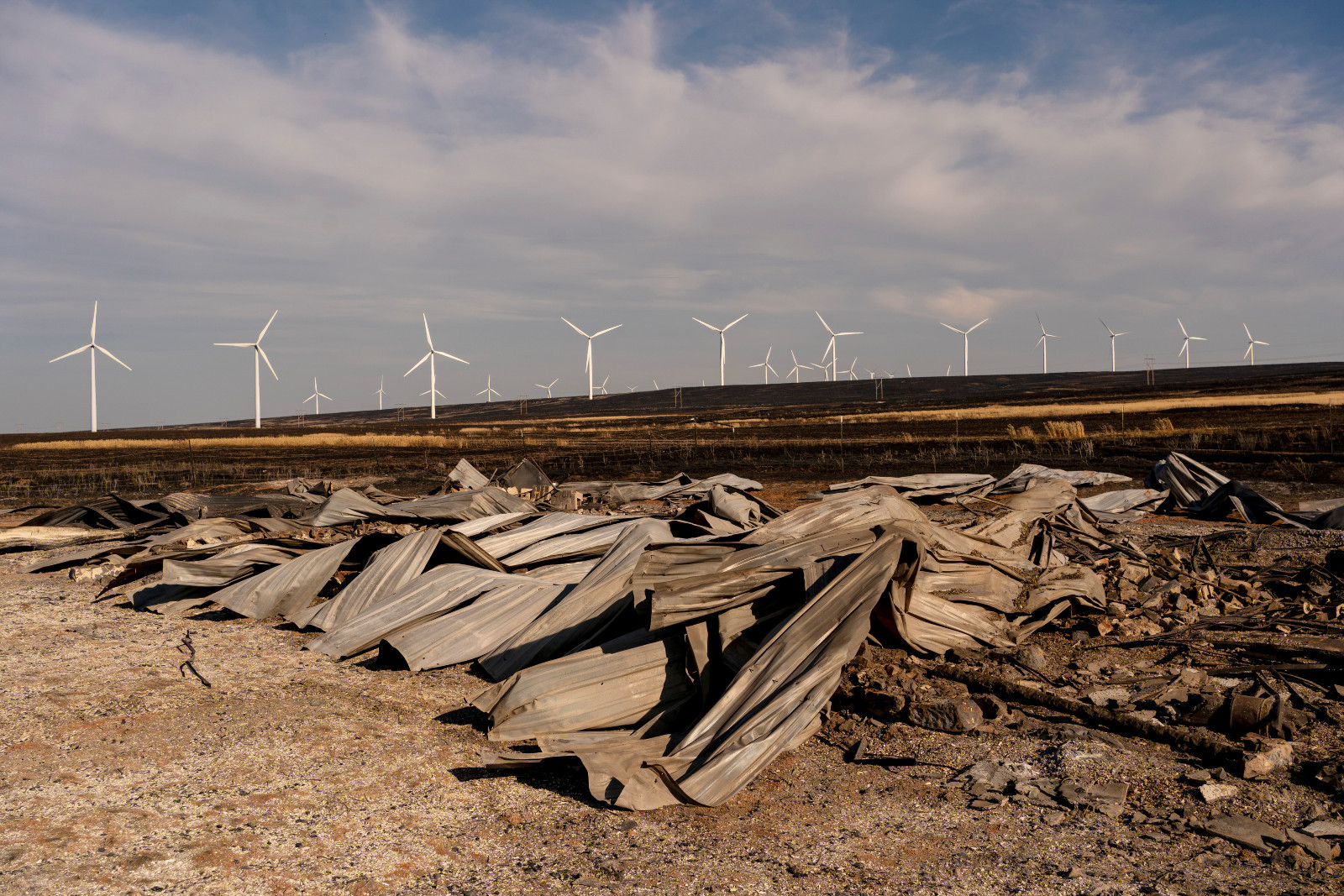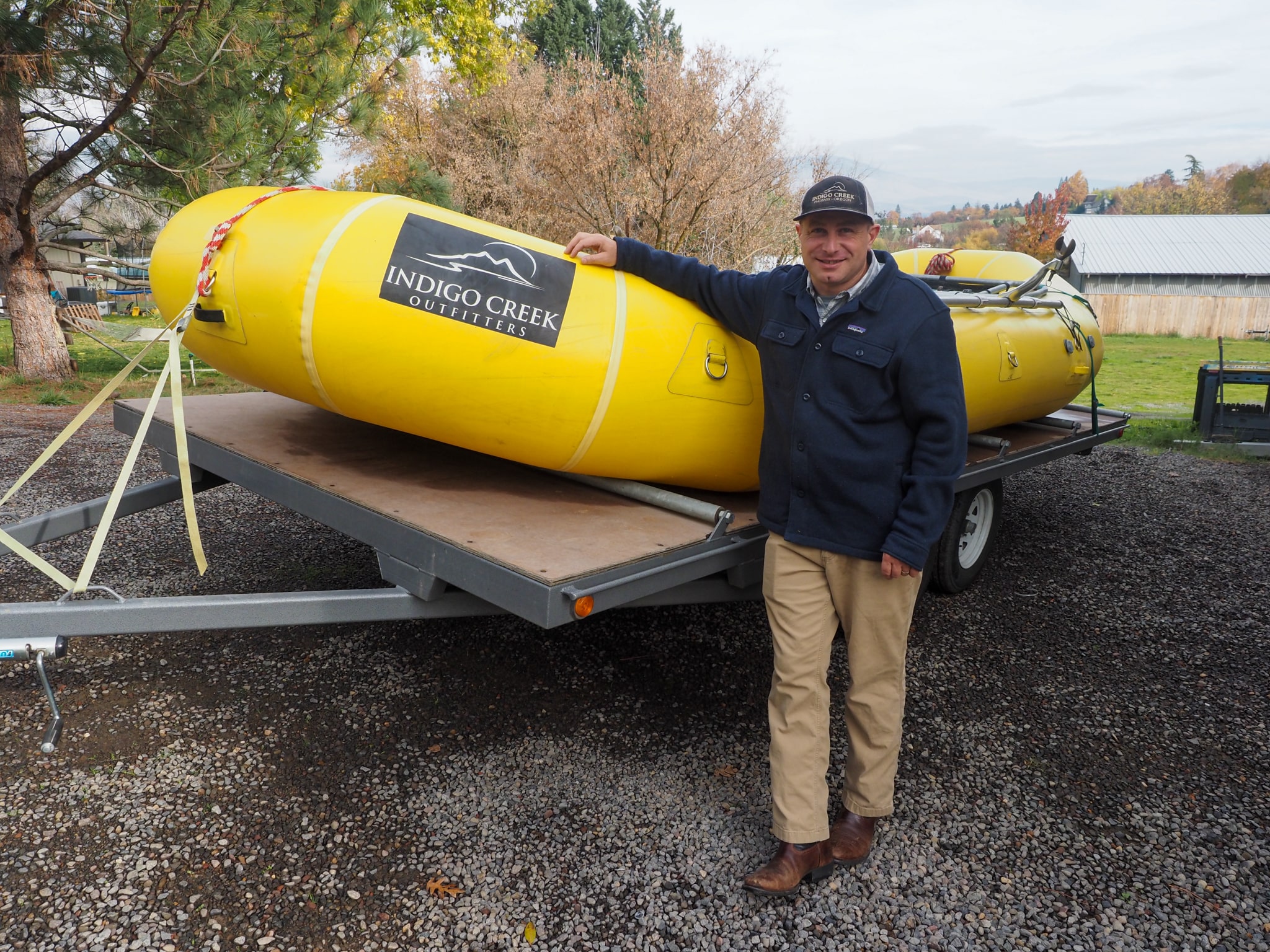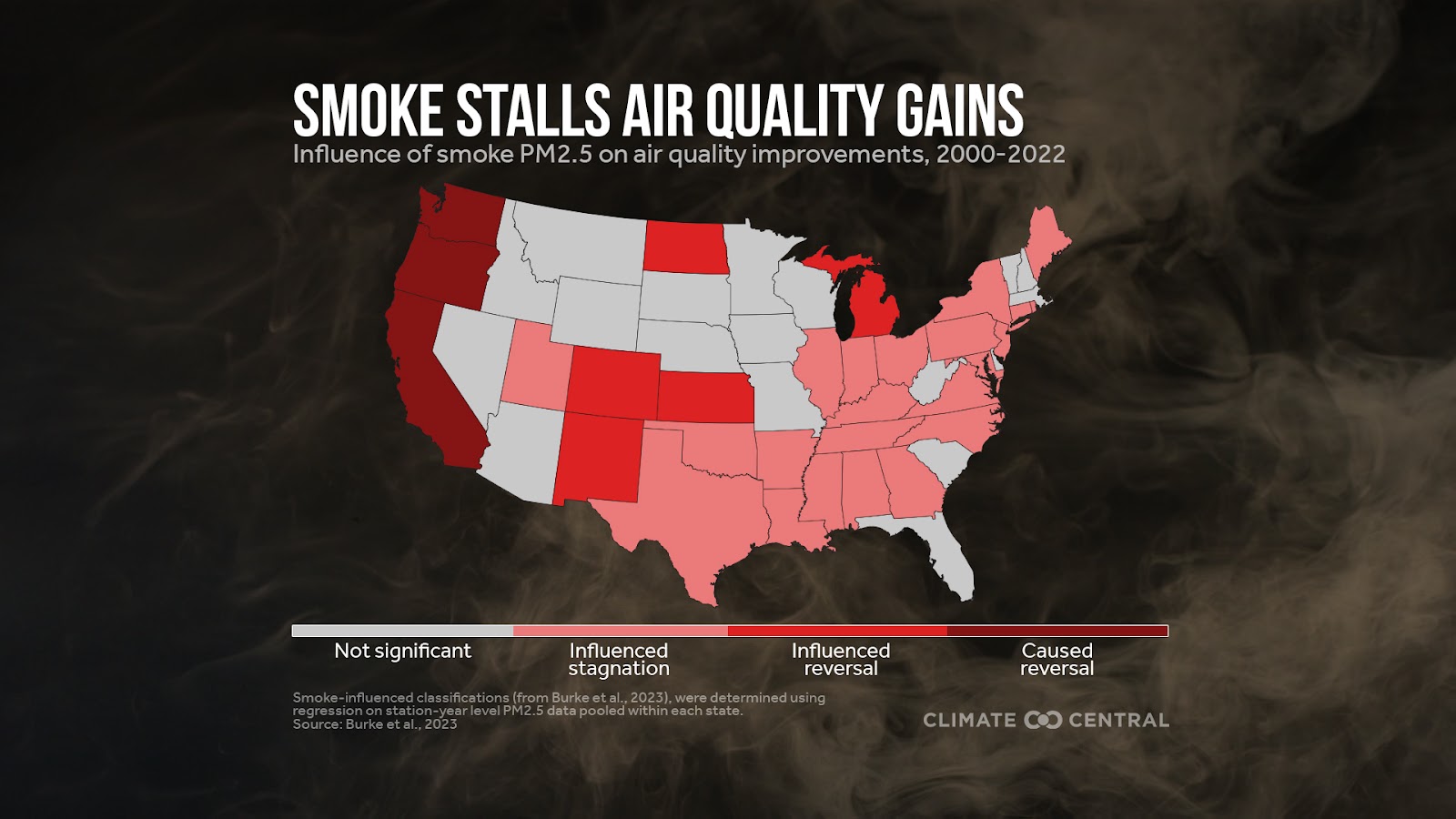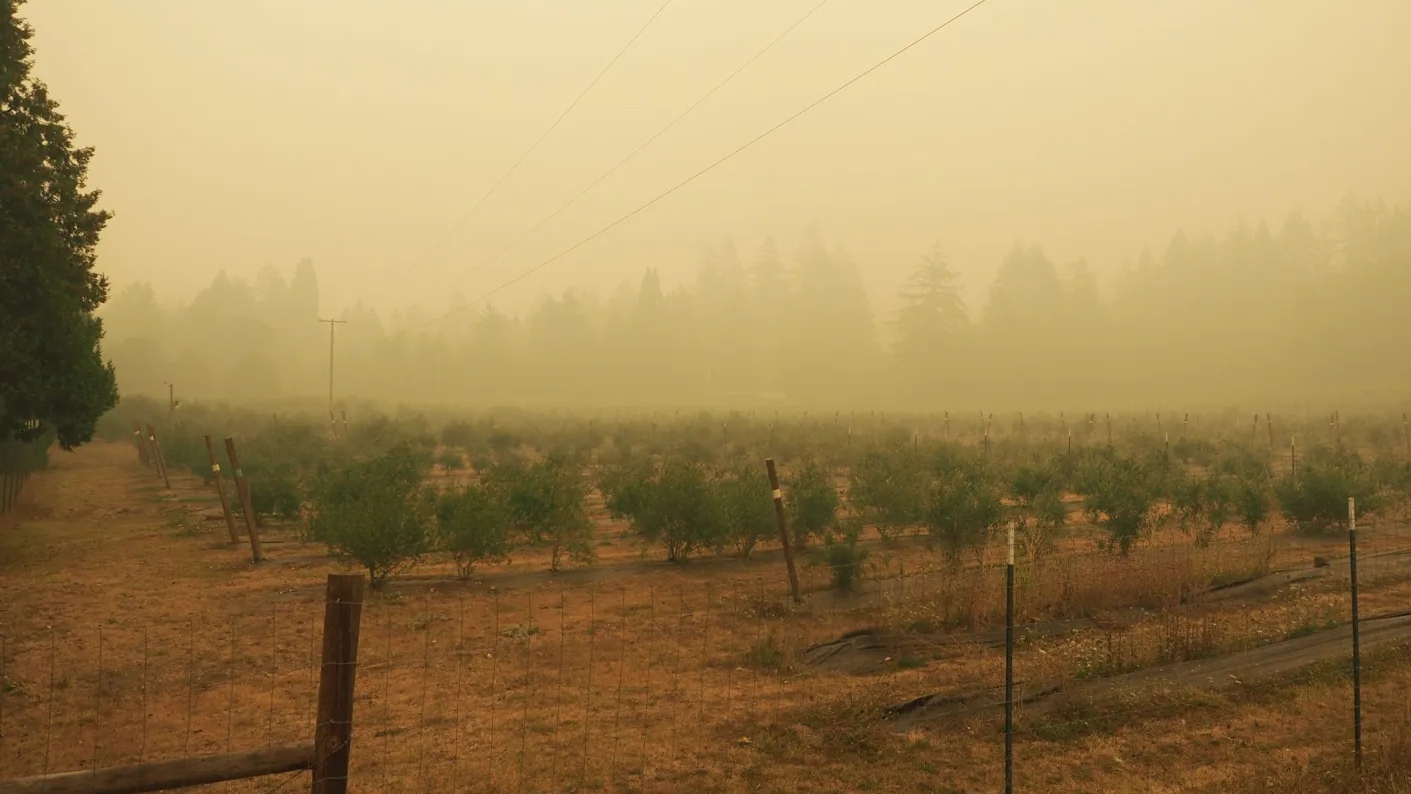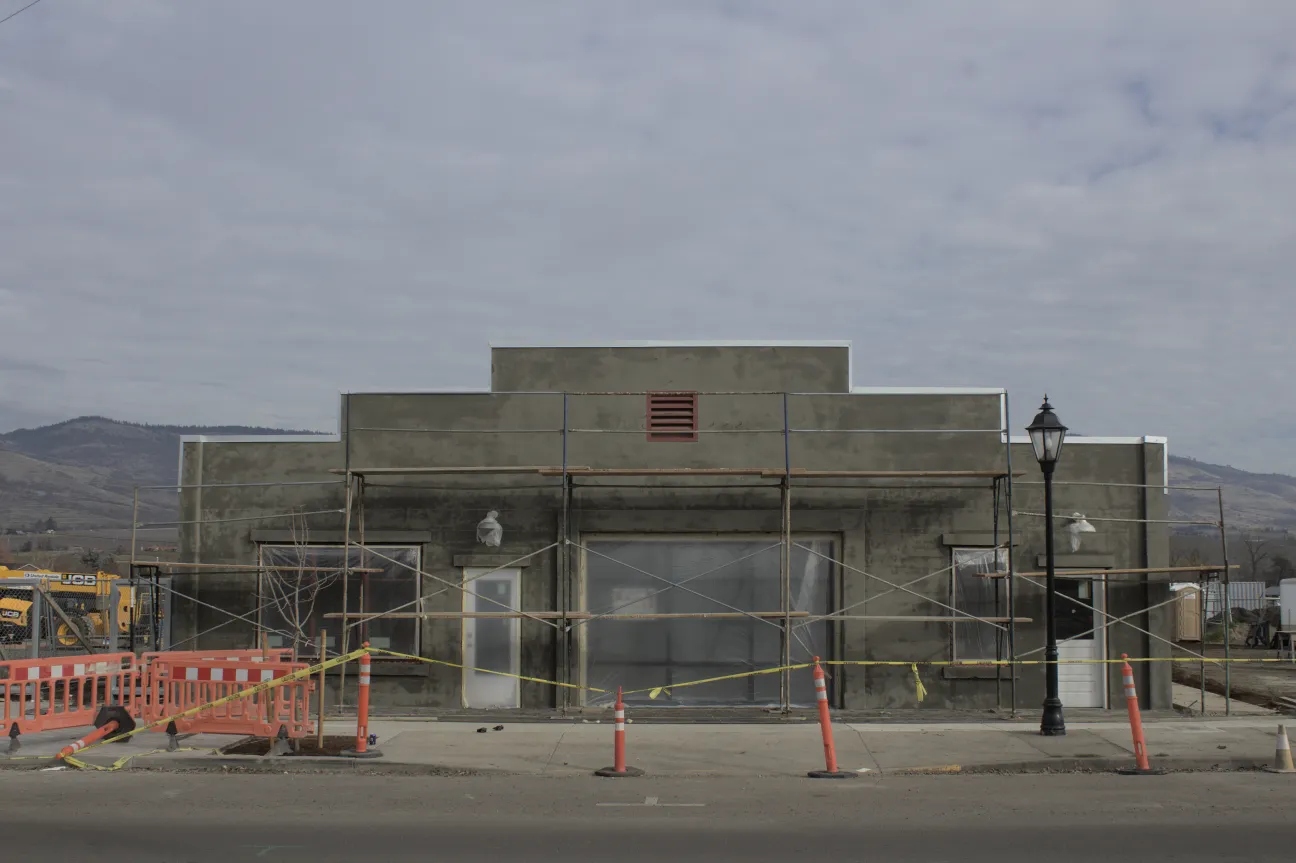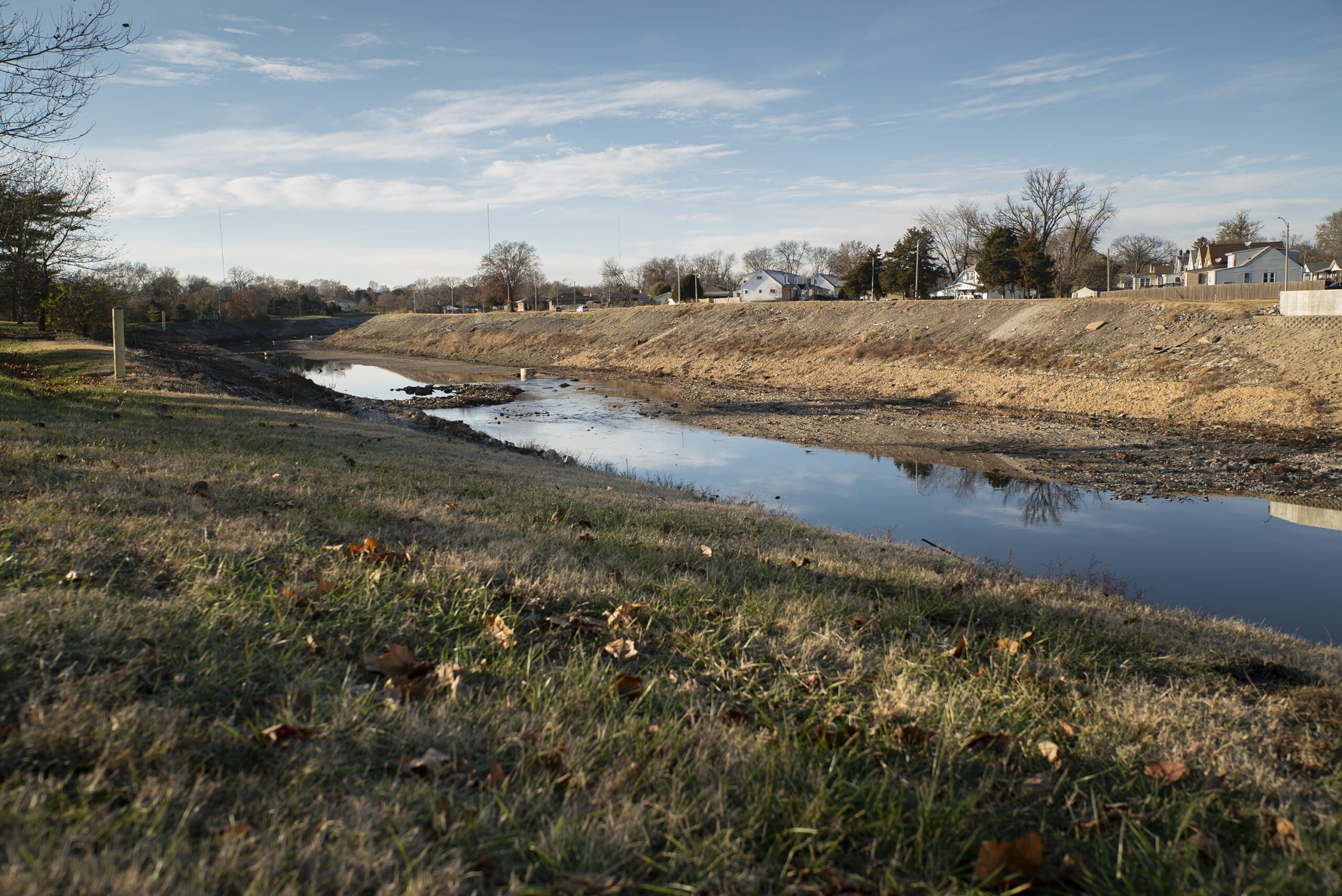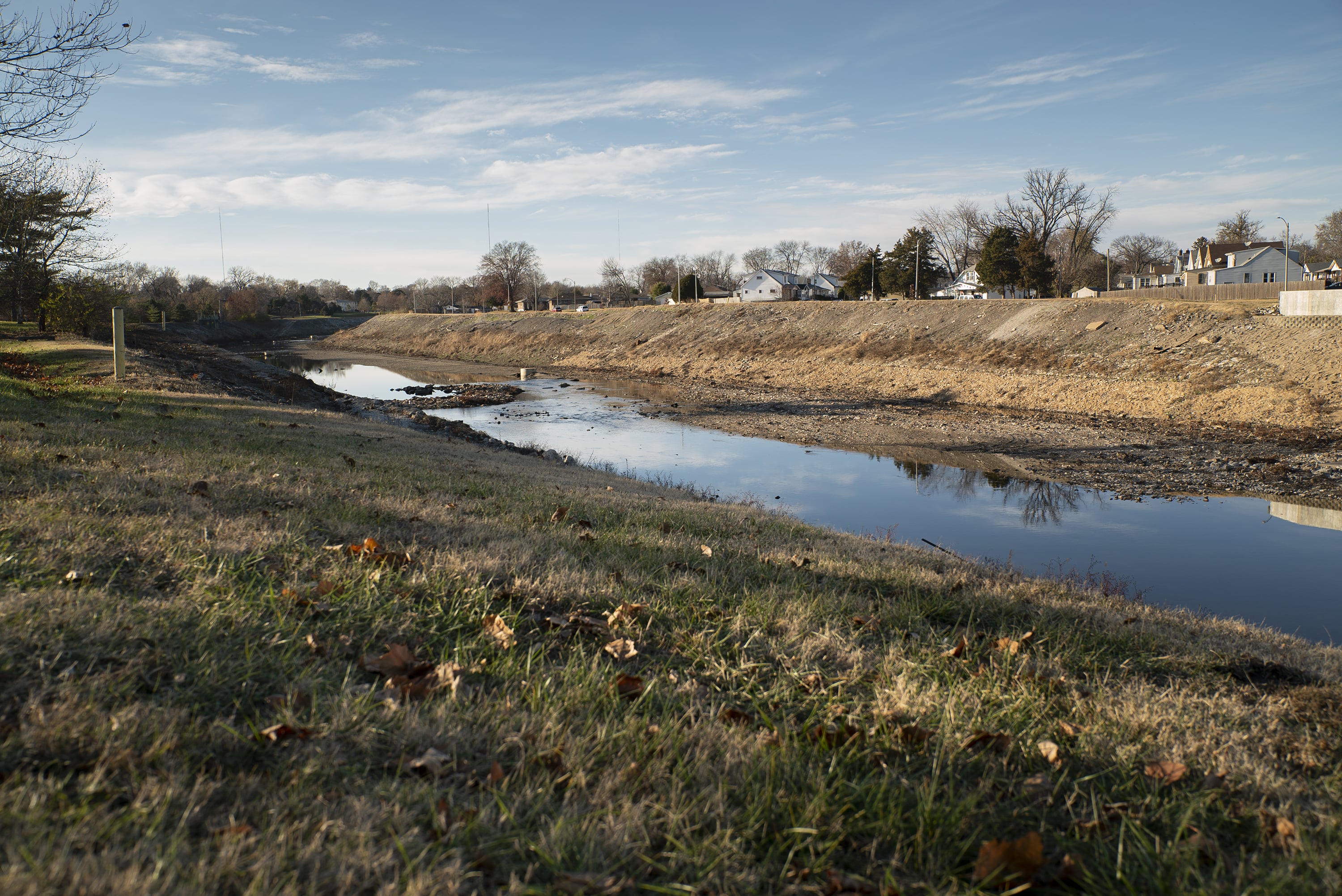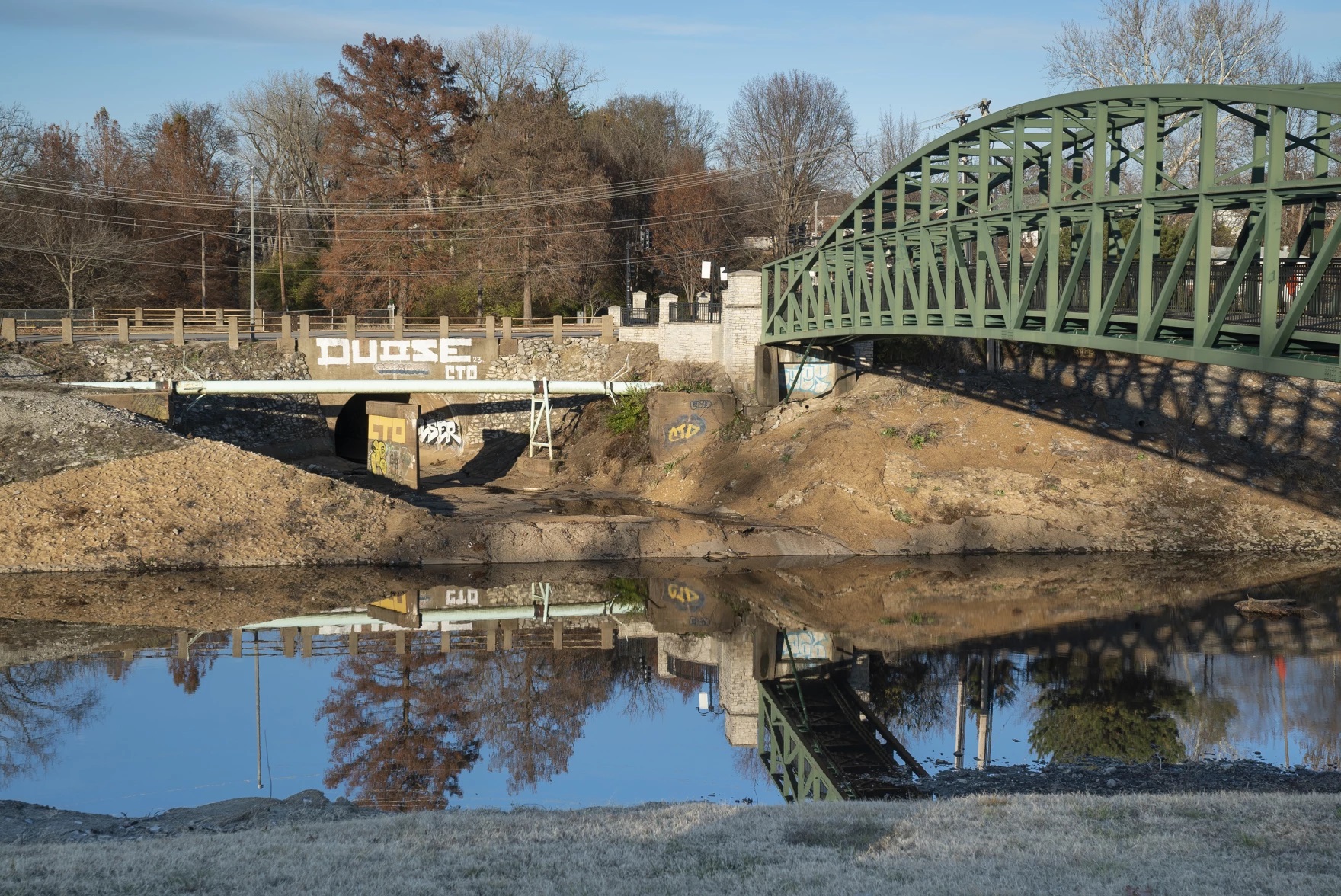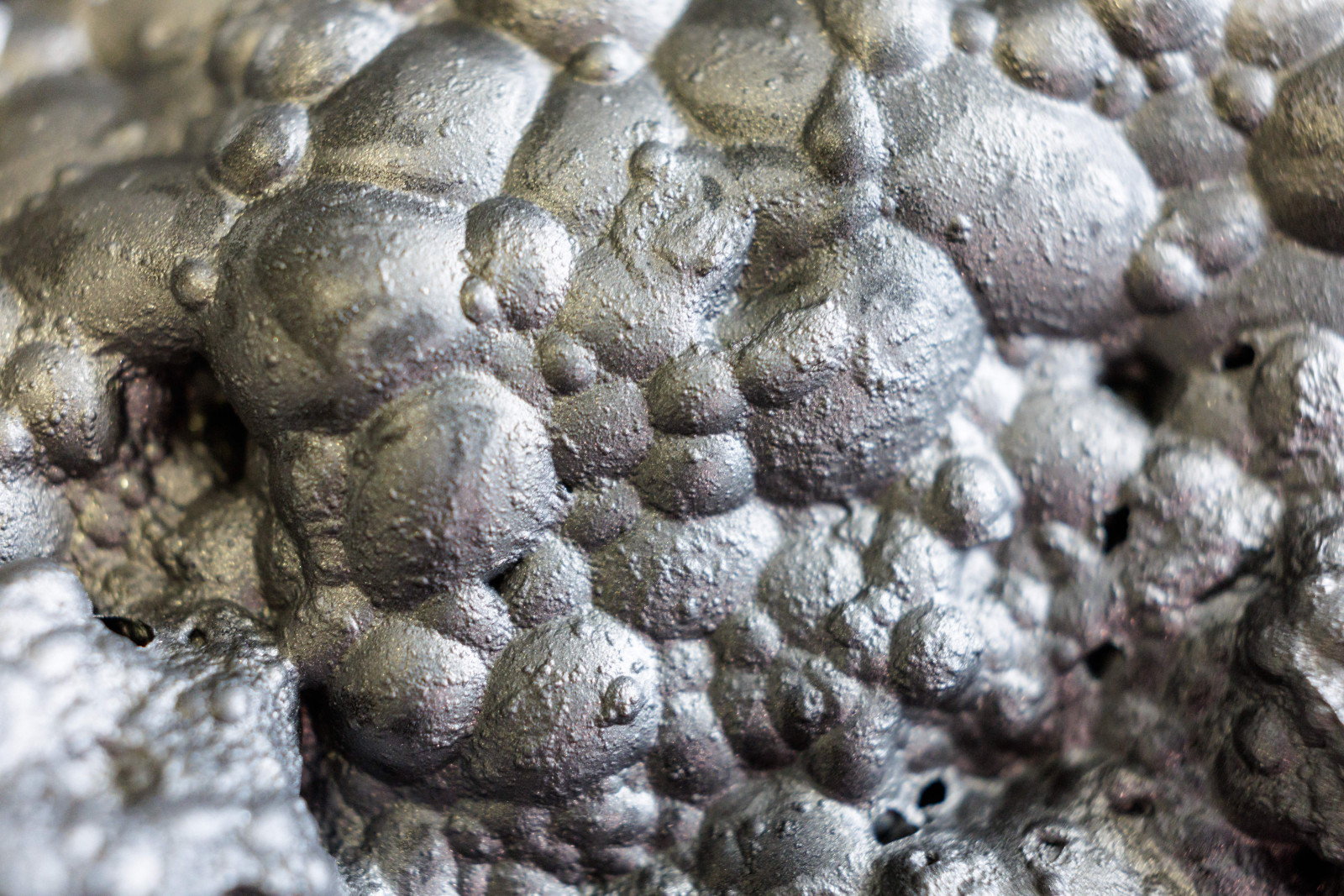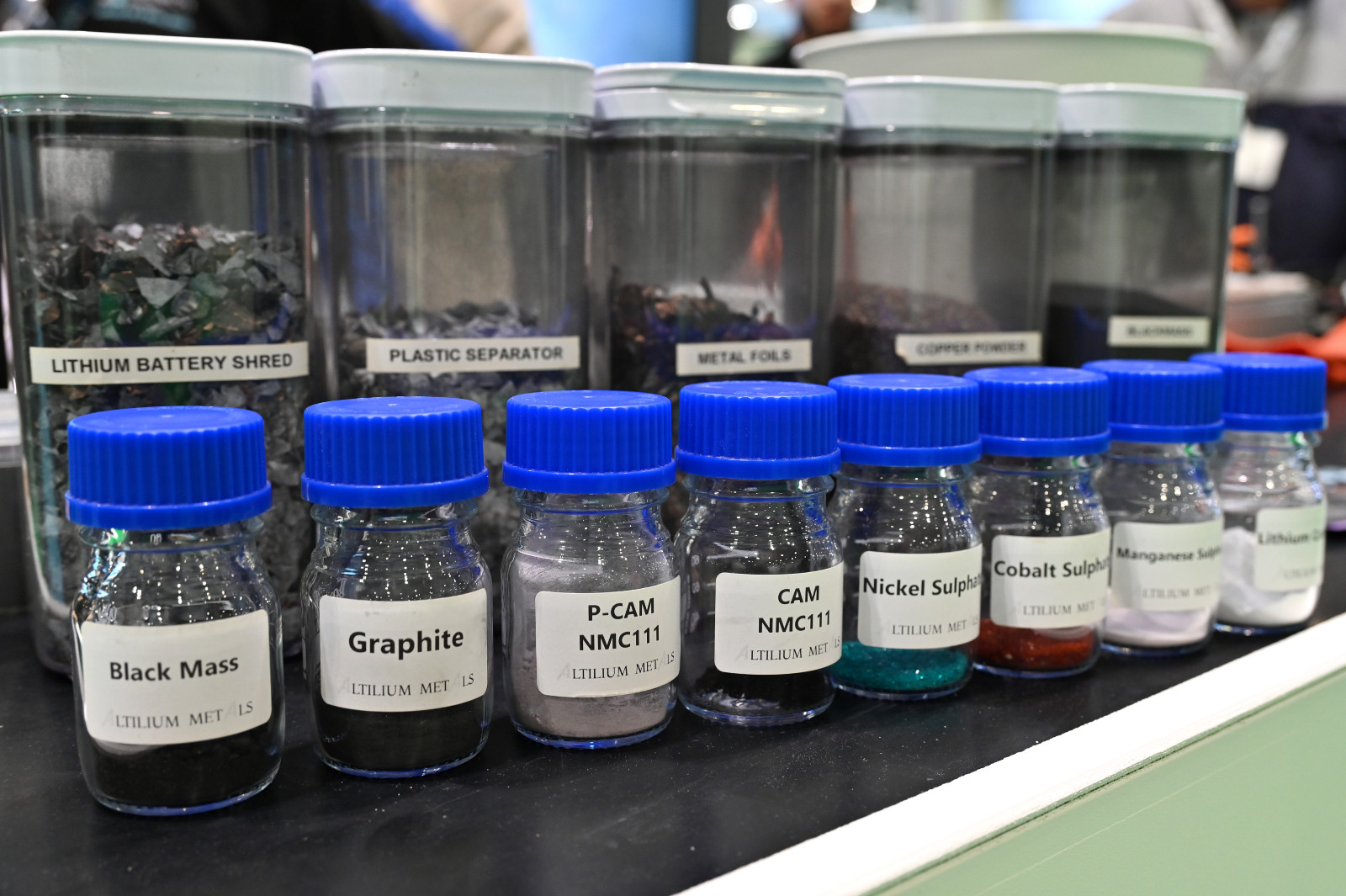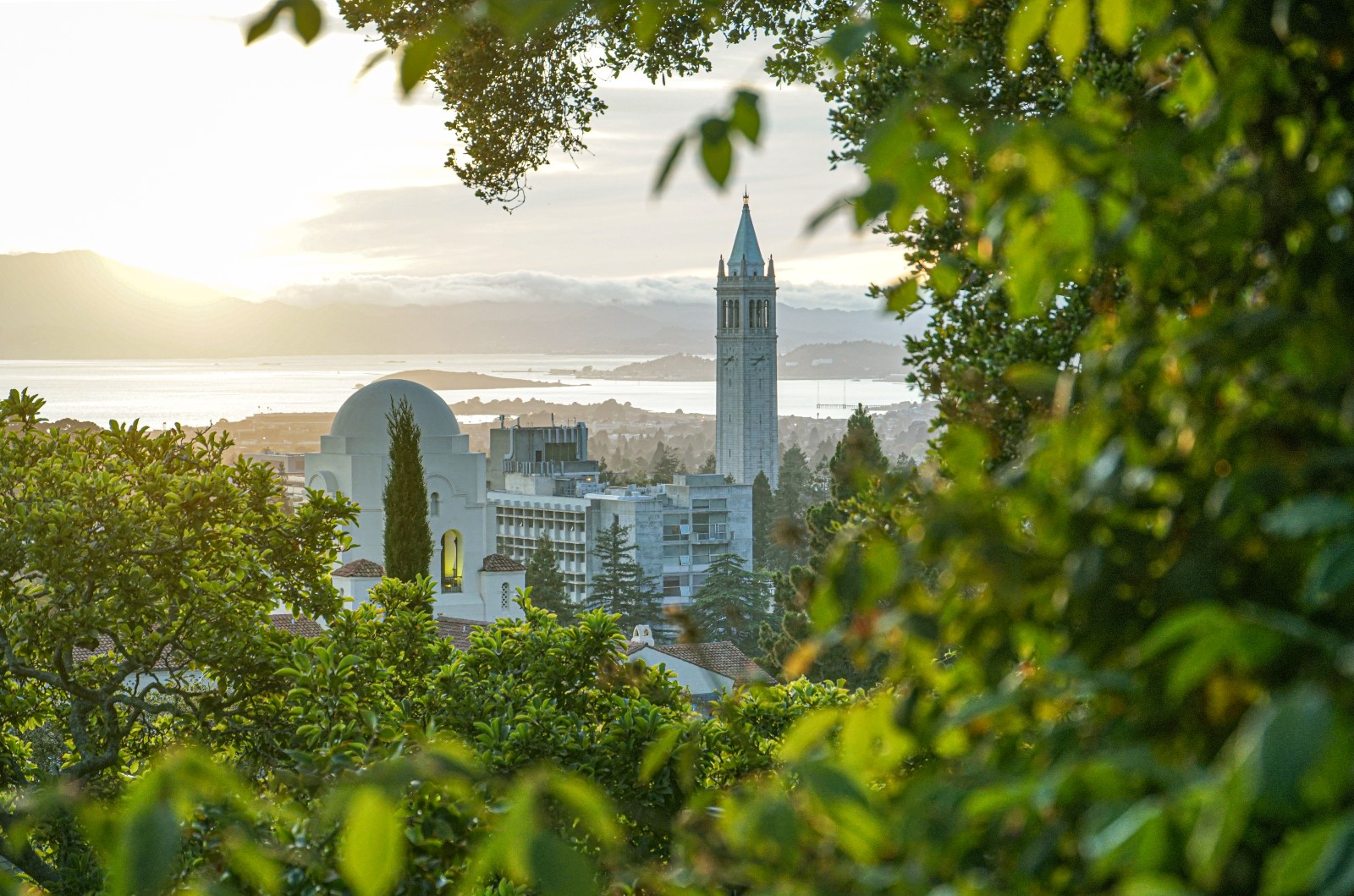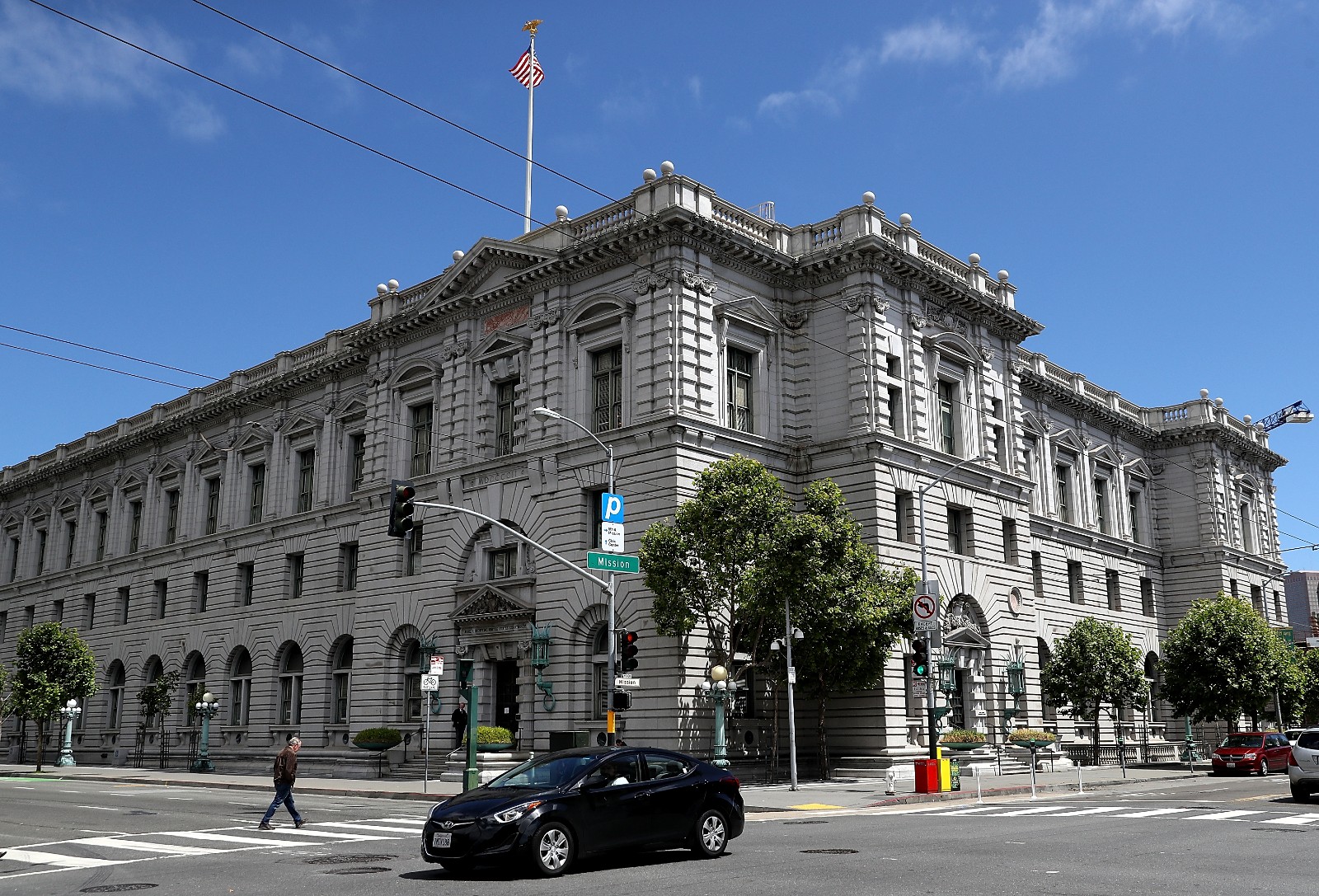
In the months since Hamas attacked Israel, killing some 1,200 people and taking hundreds more hostage, Israeli forces have pummeled Gaza in a campaign to dismantle the terrorist organization. The offensive has killed 22,000 Palestinians and dealt a grievous blow to the territory’s fragile air, water, and land — and risks the long-term health of its residents.
The ruin dwarfs anything Gazans have ever experienced. The ongoing aerial, naval, and ground assault has by one United Nations estimate damaged or destroyed about one-fifth of the structures in Gaza. According to Thorsten Kallnischkies, a former disaster waste manager who has advised cleanups in 20 countries, 15 million tons of debris now litter the Gaza Strip.
The last major hostilities between Israel and Gaza, in 2021, left 1 million tons.
When these buildings, some 40,000 in all, were blown up, concrete, insulation, and other materials — not to mention residents’ possessions — were pulverized into toxic dust. The Jabalia refugee camp, for example, a sprawling neighborhood of apartment towers known to contain asbestos, has seen repeated battering.
Systematic research after the September 11, 2001, attacks in the United States was among the first to link exposure to such a mix of detritus to pulmonary and respiratory disease and cancer. Public health experts say the death count from debris-related diseases stemming from the destruction in New York will soon exceed that of the day’s attacks, if it hasn’t already.
Yet such studies have not been replicated in places like Syria, Ukraine, and Iraq, where the vast leveling of urban and industrial infrastructure left legacies of pollution in addition to their costs in blood. Some environmental health advocates argue it is time to devote the same attention to Gaza and other war zones that was given to Ground Zero.
“You can make a very solid case that civilians in these settings with a lot of dust, debris and rubble are inhaling it on a frequent basis,” said Wim Zwijnenburg, a researcher with the Dutch peace organization PAX. “At the moment, nobody is looking at those kinds of risks. But it does have real-life effects.”
Gaza is among the most urbanized places in the world, with a population density comparable to London’s. That makes the often toxic pollution associated with decades of conflict one of the “serious long-term public health and environmental problems” Gazans face, according to a report PAX released on December 18. “It’s a known unknown,” Zwijnenburg said. “We know it’s a risk, we just don’t know how much it is in Gaza right now.”
Research after 9/11 established links between razing buildings and a panoply of short- and long-term ailments. The attacks on the World Trade Center produced a toxic cloud of dust, smoke, and fumes whose exact composition remains unknown even now. It’s thought that most of the particulates consisted of pulverized concrete, giving the plume the alkalinity of lye, a common ingredient in household drain cleaner. The rest contained some 150 substances, from glass, wood, lead and asbestos to heavy metals and polychlorinated biphenyls or PCBs, carcinogens produced by incinerated wiring and electronics.
Most building materials are harmless in their everyday state. Blowing them up gives them entree to the body. “Just like tobacco smoke, it’s a toxic mixture,” said Ana Rule, an assistant professor at the Johns Hopkins Bloomberg School of Public Health. The nose and throat may catch larger particles, but the tiniest of them move within the body “a little like a gas,” she said, transiting the lungs into the bloodstream and on to other critical systems.
According to the Centers for Disease Control and Prevention, or CDC, this chemical miasma affected some 400,000 people in metropolitan New York — first responders most severely, but also many who lived and worked near Ground Zero. The health consequences are still surfacing. In 2011, the CDC launched, at congressional direction, the World Trade Center Health Program to identify, understand, and treat diseases linked to 9/11. It has documented a long and growing list of ailments traced to the attack and, as of September, estimates that more than 6,500 of the program’s enrolled members have died. (It cautions that not all those deaths were necessarily due to the 9/11-related disease.) The most frequently observed illnesses are aerodigestive diseases, mental health conditions, and cancers. A network of clinics across the U.S. will treat them at no charge. In a 2021 paper, program officials called their work “a model for how to address the complex health issues that arise in the near and long term from any large-scale environmental disaster.”

Catastrophic wars in Syria, Ukraine, and Iraq would seem to qualify. The conflict in Syria has destroyed one-third of the country’s housing stock and a quarter of its forest cover, largely by bombing and arson. In heavily industrialized Ukraine, Russian attacks on nuclear power plants, oil refineries, and mines are among thousands of possible sources of dangerous pollution suspected by the U.N. Environment Program. In Iraq, where retreating ISIS fighters often set oil wells ablaze, Zwijnenburg saw crude flowing in open pools and sheep blackened by soot.
In principle, making post-conflict zones livable again requires rigorous field sampling, remediation of pollution hotspots, and health surveillance to watch for disease trends. In practice, these things usually get skipped in the exhaustion that follows hostilities. Advocates for more health-minded cleanups say they have a tough time persuading governments and funders such efforts are more than a luxury. “When conflict finishes, this can be a long and lingering issue. You need clean water, clean soil to be able to sustain livelihoods,” said Linsey Cottrell, a career chemist and the environmental policy officer at the Conflict & Environment Observatory, a UK charitable organization. “It’s not that it’s not happening, it’s just not as visible or highlighted as a priority concern as some of the other things.”
Without ground access to Gaza, observers are relying on remote sensing and publicly available information to measure environmental impacts to the Strip. Using satellite analysis, He Yin, an assistant professor of geography at Kent State University, reckons the fighting has damaged 15 to 29 percent of Gaza’s arable land. The PAX report identifies a plume of black smoke from a soda factory, suggesting burning plastics, and heavy damage at an industrial campus that makes pharmaceuticals, cosmetics, plastics and other chemical goods. In November, the New York Times observed a huge fire at a water-treatment plant, a frightening development in one of the most water-stressed places in the world.
Debris will probably pose a risk too. The volume of rubble littering the Strip is roughly four times that of the Great Pyramid of Giza, according to Kallnischkies. Given Gaza’s ultra-dense building environment and Israel’s extensive bombing in residential areas, experts told Grist, aerosolized concrete and asbestos are two likely public-health threats. Most of the territory’s 2.3 million people live in apartment buildings. Many residents build informal add-ons to their homes using inexpensive but durable materials like asbestos sheeting. Asbestos is safe in its inert state, but when destroyed releases microscopic fibers that can enter the body with ease.
Inhaling silica, a key ingredient in cement and glass, also increases the risk of cancer. And while the greatest exposure occurs when a building is destroyed, even its wreckage poses a risk. “Based on the images I have seen, people may also be sleeping and living within homes that are partially damaged and filled with dust,” Rule said. These microparticles can be kicked up by footfalls or vehicles or lofted to other places on the wind, she said.
People also tend to overlook the risk posed by the stuff of daily life — bottles of bleach and detergent, cans of paint and thinner, jugs of gas and oil. Businesses like dry cleaners and printers and auto repair shops keep bulk chemicals on hand; so do high school chemistry labs. With proper handling by trained professionals, all can be safely disposed of. But too often in post-disaster scenarios, cleanups occur in bootstrapped ways as people, governments and even humanitarian organizations get on with reconstruction. Kallnischkies is skeptical that Gazans will get all the protective gear and equipment needed to do the job safely, and says it’s very likely a lot of rubble will simply be dumped into the sea.
The PAX report said the war in Gaza offers a chance to do better. It recommends that when the shooting and bombing ends, U.N. authorities and the World Bank should lead a comprehensive environmental assessment. By identifying any toxins in the environment and who might have been exposed to them, such analysis could alert public health officials to the diseases they need to watch for.
In the longer view, some want to see greater reflection and consideration about where and how wars are fought. “We need the military to understand the human and environmental cost when they fight in urban areas,” Cottrell said. “We need to see that wars aren’t conducted where people live.”
This story was originally published by Grist with the headline The war zone in Gaza will leave a legacy of hidden health risks on Jan 8, 2024.



